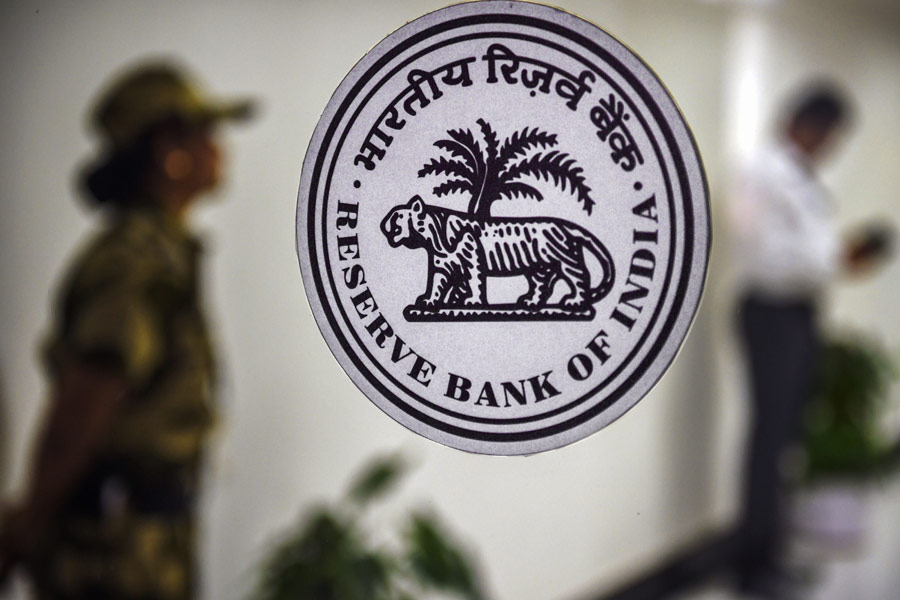The Reserve Bank of India (RBI) has cautioned that if inflation is not controlled, it can weaken the real economy, particularly industry and exports.
An article on the ‘State of the Economy’ in the RBI’s November bulletin said that inflation which recently touched a 14-month high is already hitting urban consumption demand, corporate earnings and capex.
The article written by a team of RBI officials headed by deputy governor Michael Patra seeks to blunt the subtle and not-so-subtle demands for a rate cut articulated recently by central ministers Nirmala Sitharaman and Piyush Goyal about a fortnight before the monetary policy committee (MPC) hunkers down to discuss their stand on the issue.
The writers were, however, quick to work in a caveat, insisting that the views expressed in the article were those of its 32 authors and “do not represent the views of the Reserve Bank of India.”
Commerce minister Piyush Goyal has called for an interest rate cut by the RBI at a media event last week. He said food inflation should be ignored in determining the monetary policy or interest rates. Targeting food price inflation through interest rates was an “absolutely flawed theory’’, the minister said.
Just two days ago, finance minister Nirmala Sitharaman said people are finding current interest rates “very stressful” and that banks should make them affordable. This was seen as a nudge to the RBI to cut rates. Sitharaman, however, refrained from commenting on whether food inflation should be considered while fixing interest rates.
Headline CPI inflation for October had touched 6.2 per cent, denting the chances of a rate cut in the December policy meet of the RBI.
“Inflation is already biting into urban consumption demand and corporates earnings and capex. If allowed to run unchecked, it can undermine the prospects of the real economy, especially industry and exports,’’ the article written by RBI deputy-governor Michael D. Patra and others said.
The article pointed out that the October CPI print was a ‘sticker shock’ after the wake-up call received from a spike in September inflation, which was 5.5 per cent.
The October print reinforced the RBI’s warnings on complacency because of sub-target inflation outcomes in July and August.
“What is worrying is that apart from the sharp surge in the momentum of food prices, core inflation has edged up. There are early signs of second order effects or spillovers of high primary food prices. Following the surge in prices of edible oils, inflation in respect of processed food prices is starting to see an uptick,’’ the RBI said.
It added that the pick-up in price rises of household services such as of domestic helps reflects higher cost of living pressures because of elevated food prices.
The hardening of input costs across goods and services and their flow into selling prices needs to be watched carefully.











